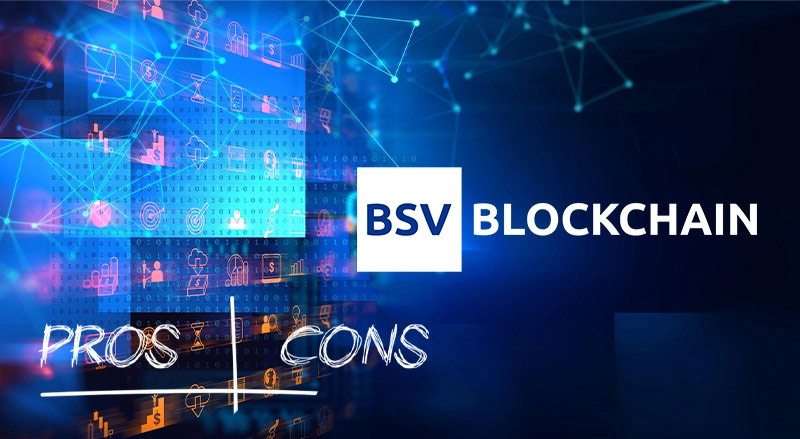There are pros and cons for choosing a private blockchain over a public blockchain which organisations should carefully consider before committing to one or the other. Comparing the functionality offered by both public and private blockchains should enable organisations to make an informed decision.
When deciding which type of blockchain to use, businesses must weigh up the planned use case for the blockchain and whether a private blockchain would better suit their needs than the public BSV blockchain.
There are pros and cons for both types of blockchain and it is important to weigh up the advantages and disadvantages of both before deciding.
Public blockchains
Public blockchains allow participation by anyone who wishes to use the blockchain and can be used in any use case across any type of business. Anyone can build and set up a node to join the network as a miner who processes transactions and wins the right to add a block to the blockchain.
Miners are incentivised to compete to process the block to receive a fee in the native currency called a block reward. This reward has been designed to reduce by half approximately every four years. The block reward is intended to supplement the fees earned by transaction fees in each block. Everyone can see each block added to the chain.
Private blockchains
The private blockchain is owned and operated by a central operator who gives access to specific individuals or an organisation who wishes to use the private blockchain. They are generally built to accomplish specific corporate functions. The blockchain owner can change the consensus protocol, rules, or override any entries placed on the blockchain. Access to the blockchain is controlled by a central authority and could be less decentralised than the public blockchain. Only verified individuals have access to the blockchain, reducing the risk of bad actors gaining access to the system.
There are some similarities and differences between public and private blockchains that might sway your decision. These are detailed in the table below:
Public blockchains vs private blockchains
| Private Blockchain | Public Blockchain |
| Users must be invited to use the blockchain – known as a permissioned blockchain | Anyone can use the blockchain – known as a permissionless blockchain |
| Owned and controlled by a centralised authority | Owned by no one |
| Tend to be centralised systems with only one node run the risk of a single point of failure. | Fully decentralised and distributed network with copies of the entire blockchain copied to each node |
| Copies of the entire blockchain copied to each node | Copies of the entire blockchain copied to each node |
| Blockchain owner can reverse or delete transactions | Data is immutable and cannot be changed once added to the blockchain |
| Transaction verification and validation | Transaction verification and validation |
| Fewer participants therefore potentially faster transactions | On the BSV public blockchain transaction throughput has the potential to scale beyond its current 100,000 transactions per second to potentially millions of transactions per second. |
| The entire ledger can be modified by the owner | Data cannot be altered |
| The rules to use the blockchain can be changed at any time | The rules on how the blockchain works were defined in the Bitcoin white Paper and have not changed. |
| Potentially less secure as fewer nodes could be more easily compromised. | Potentially more secure as there are many nodes on the network and bad actors would find it difficult to take control of the network |
| No incentivisation for nodes to compete. | Miners are incentivised to process blocks in return for a reward |
Pros and cons of using a private blockchain
Pros
- Private blockchains can scale to the business requirements of the organisation as there are fewer nodes on the network.
- Smaller network, so potentially more throughputs can occur.
- No cost to place blocks onto the private blockchains owned and managed by an organisation.
Cons
- Centralised server needed to authenticate and validate users.
- In-house blockchains have security and maintenance overheads.
- Significant investment in hardware infrastructure is necessary for an organisational blockchain.
Pros and cons of using a public blockchain
Pros
- Users are authenticated using public key cryptography before a secure communication is sent over an insecure channel.
- As data is unmodifiable once placed onto the blockchain, an audit trail of timestamped events is available for the entire sequence of transactions.
- The number of nodes in the public blockchain means that bad actors would have a difficult time trying to compromise the network before honest nodes reject the transactions.
Cons
- Blockchain entries that need to be modified need an additional transaction placed on the network with the amendment detailed on the new block.
- If the private key is lost, access to the original information is lost.
- Once posted, entries cannot be modified.
Doing due diligence on the differences between the public and private blockchains will enable you to make the correct choice and make sure that the blockchain you choose will be able to handle the transactions you require and have the scalability you need to not worry about future performance bottlenecks in your business.
